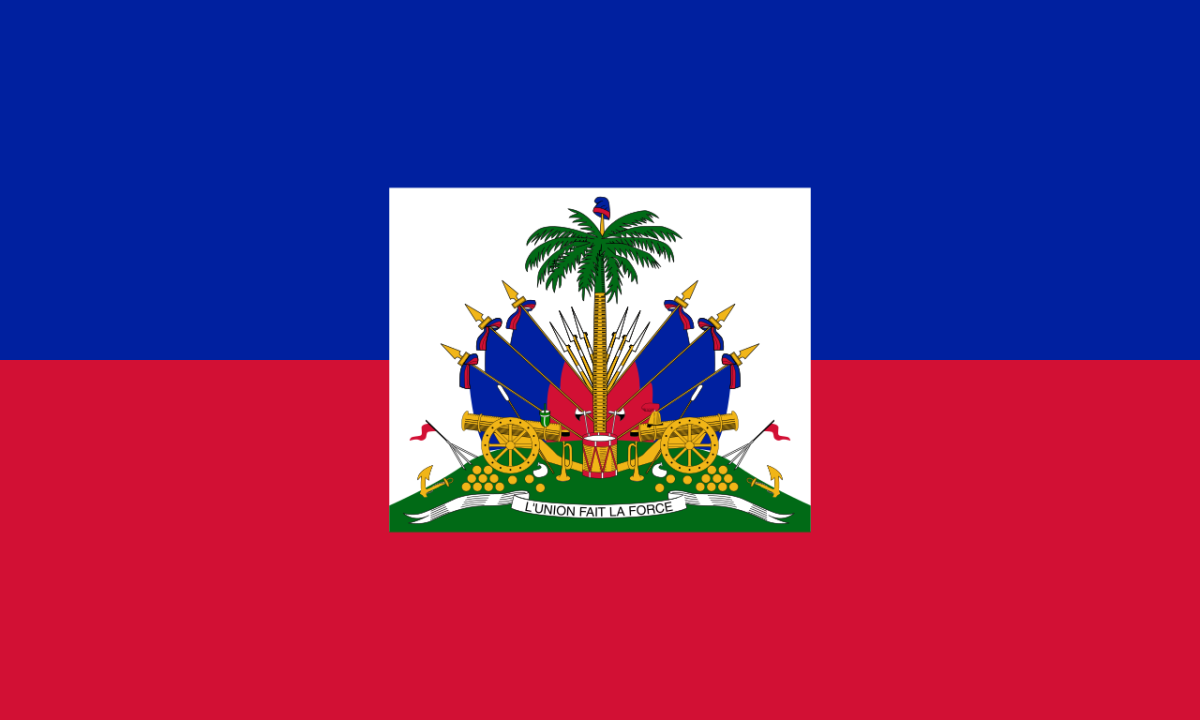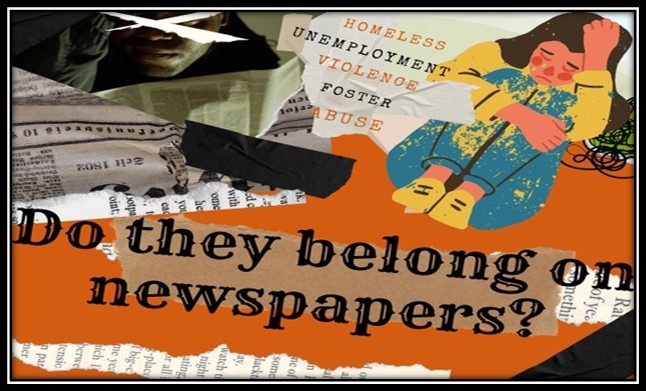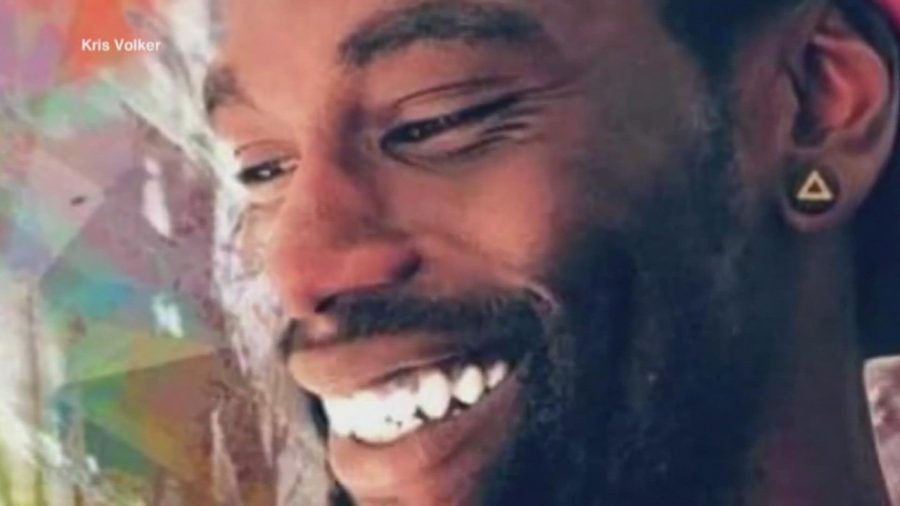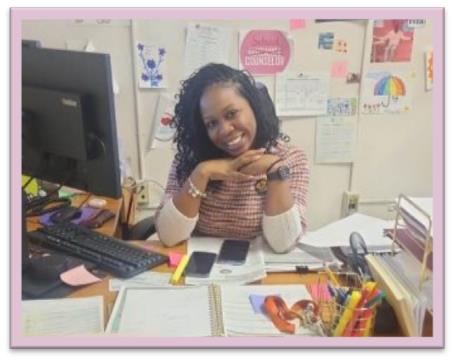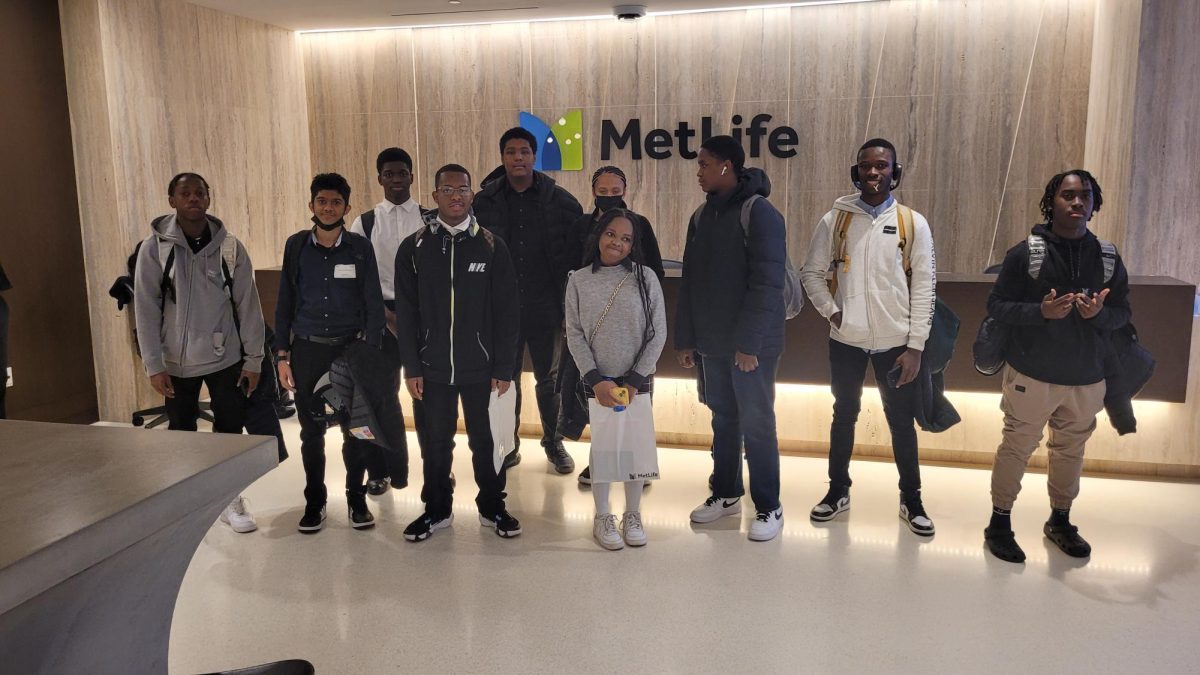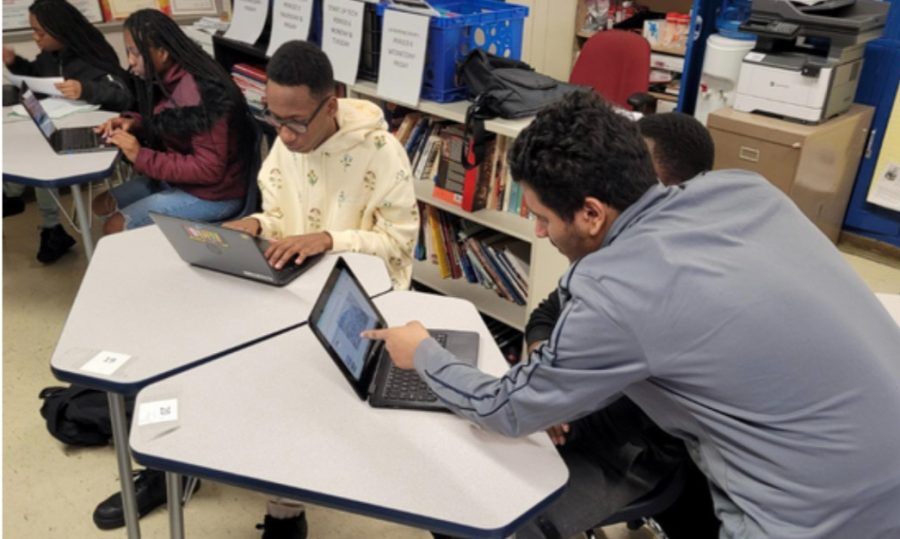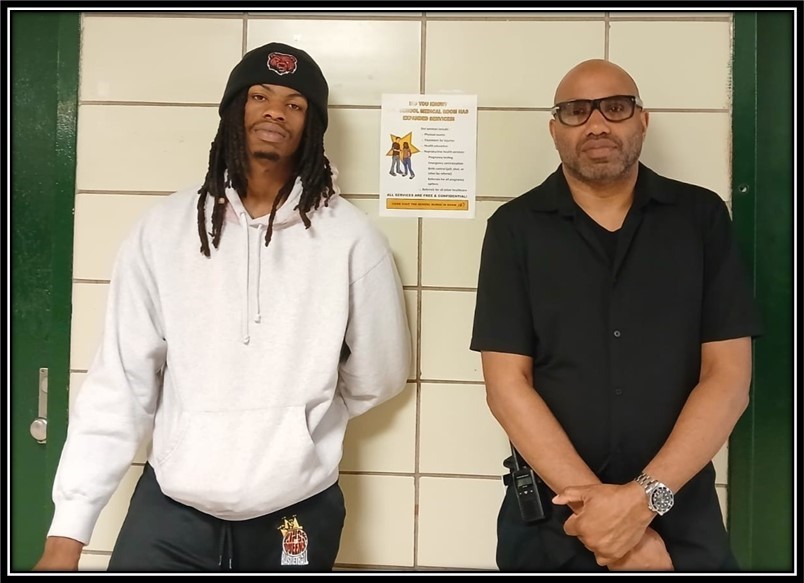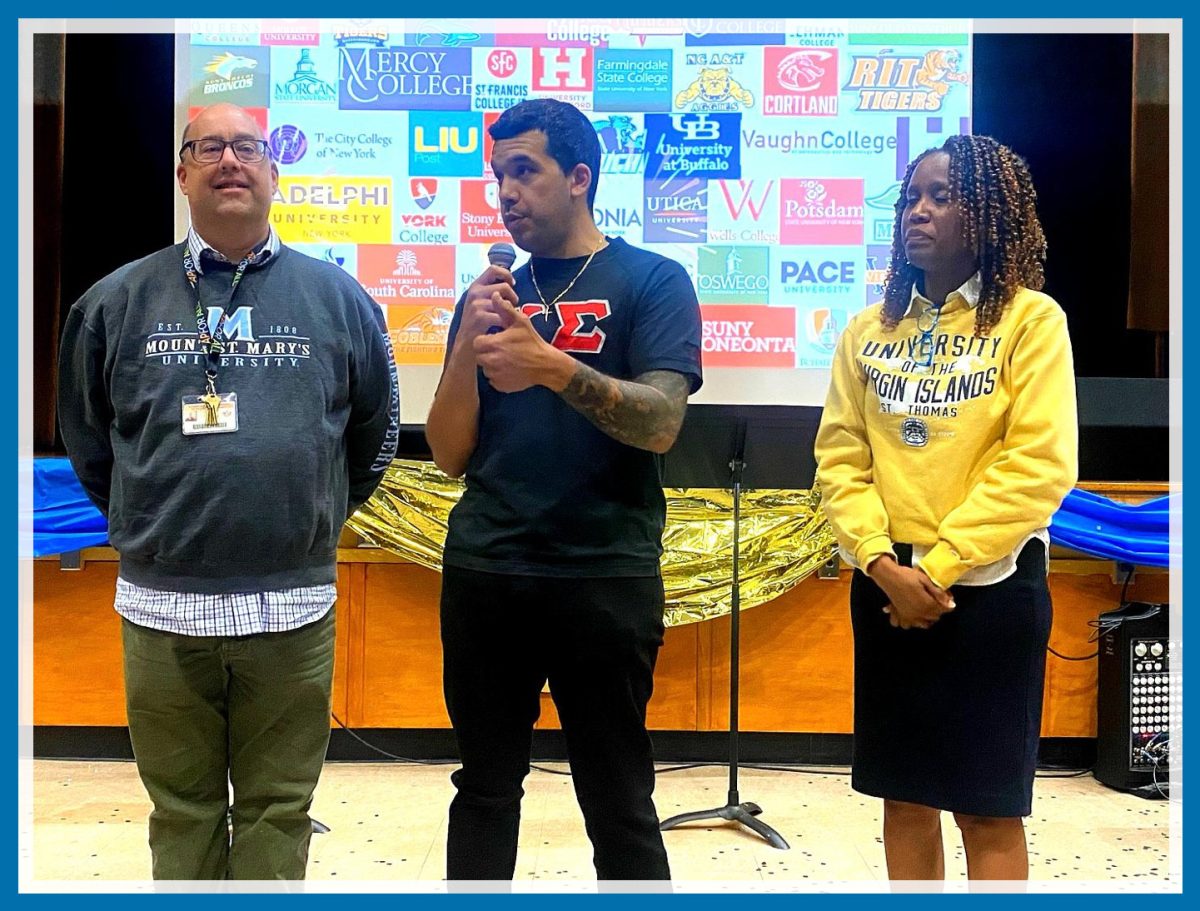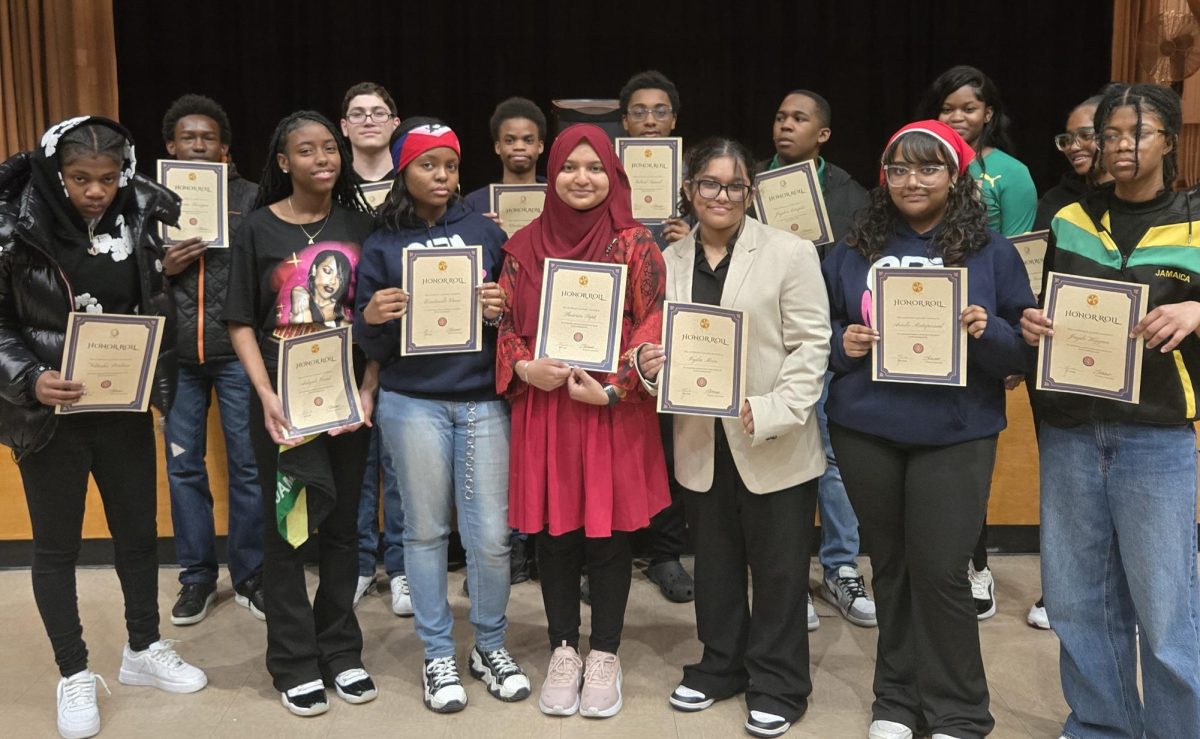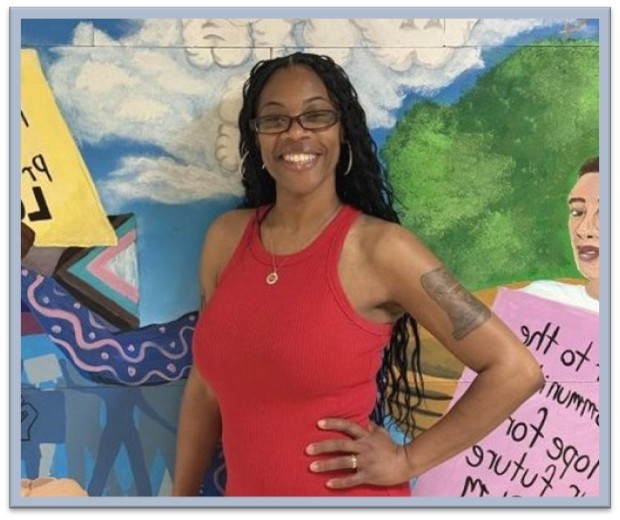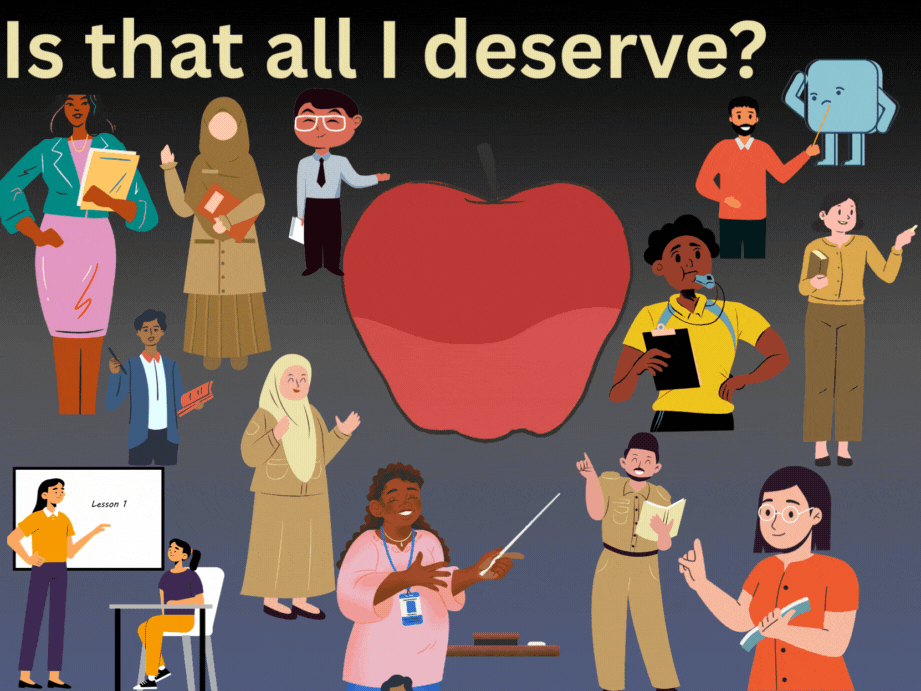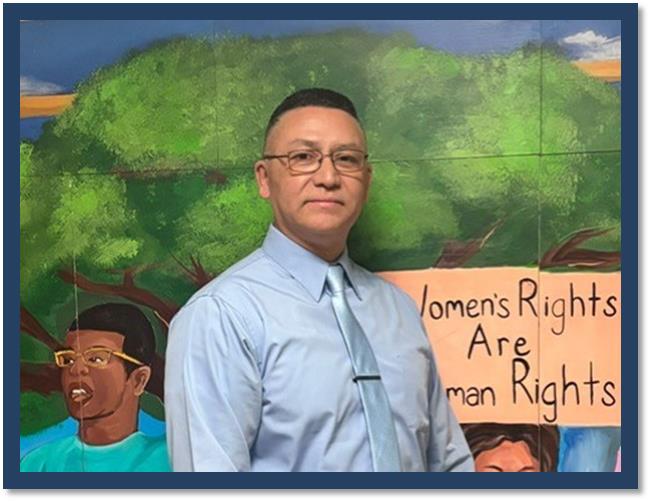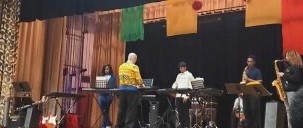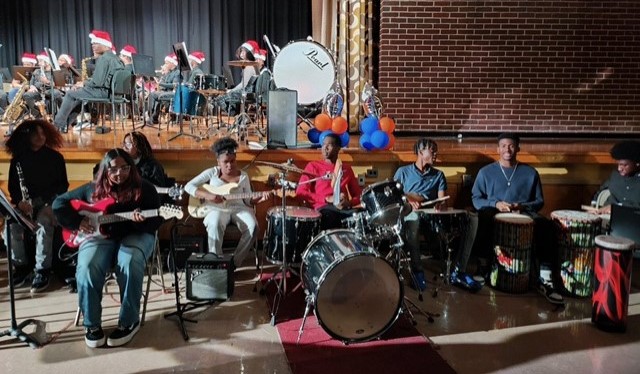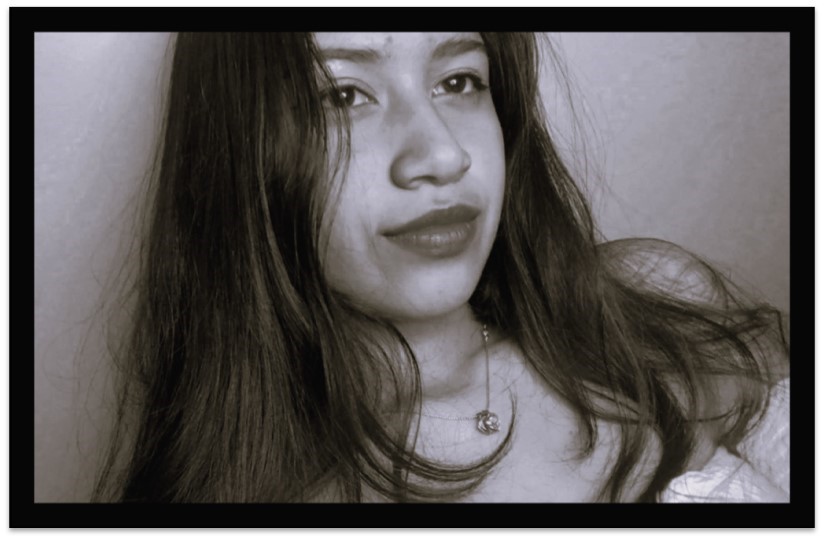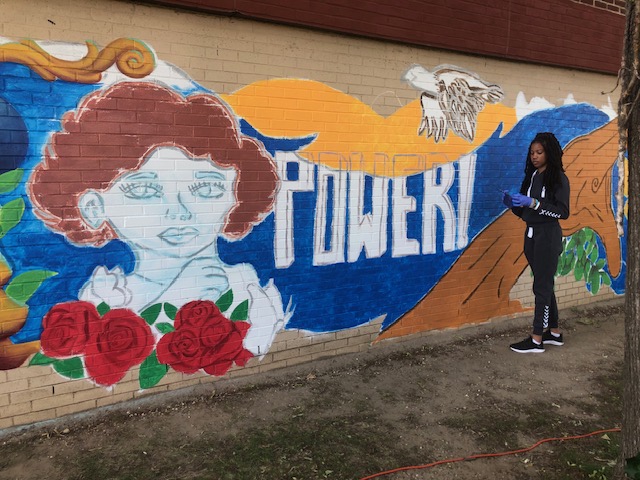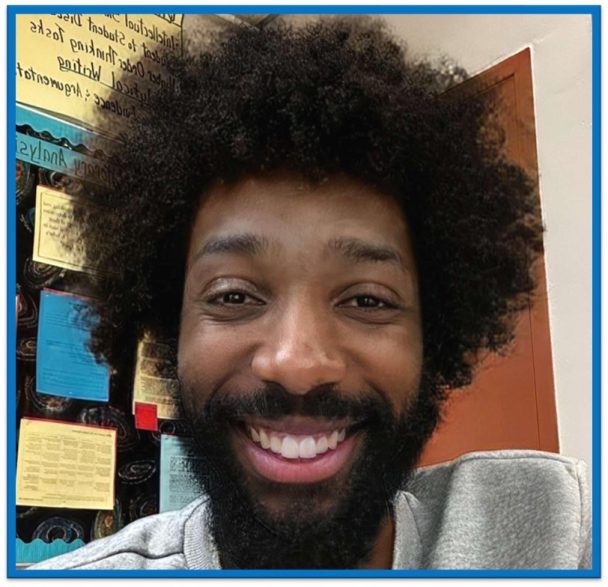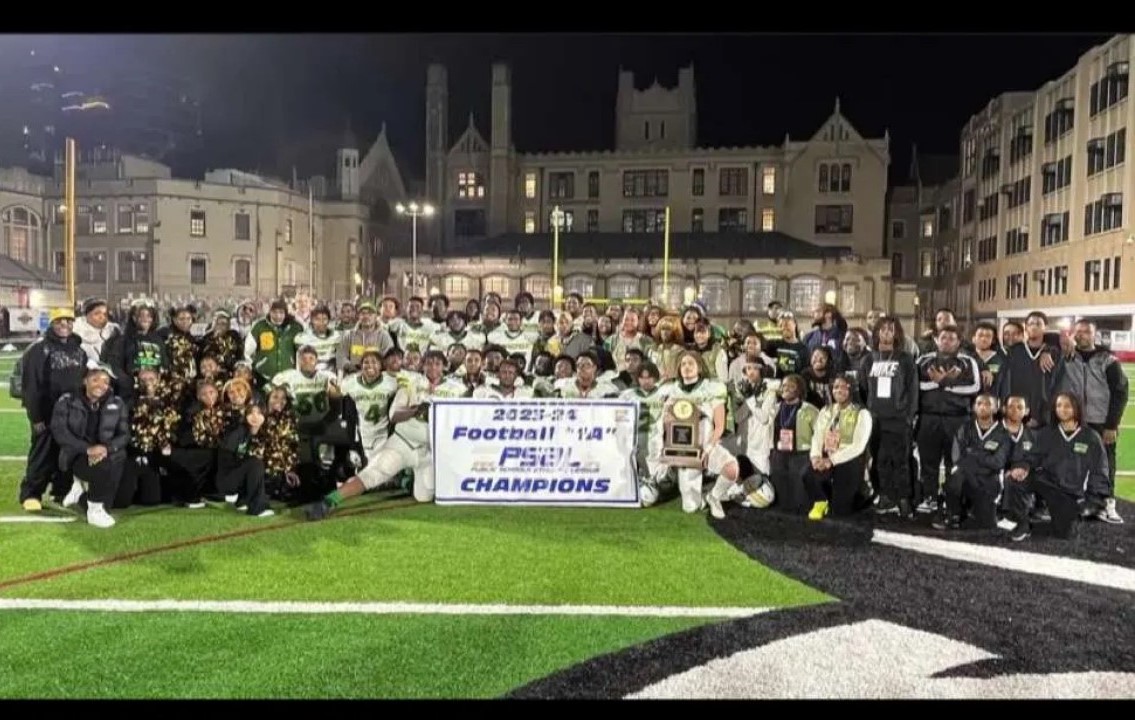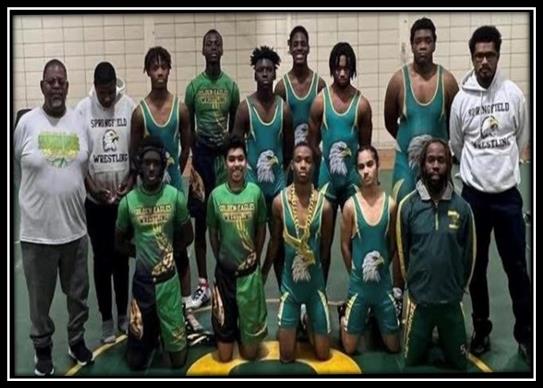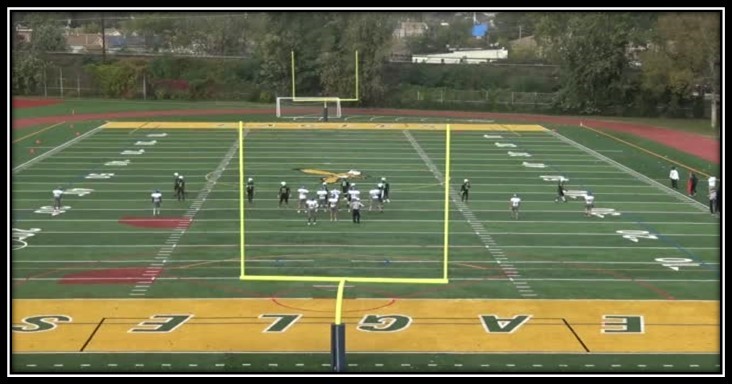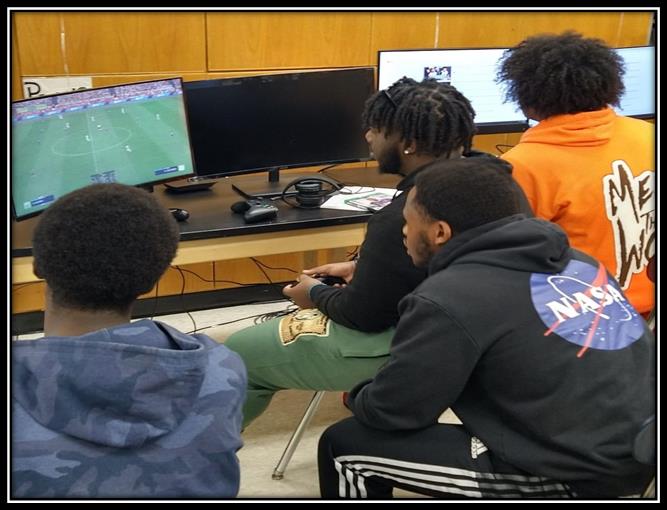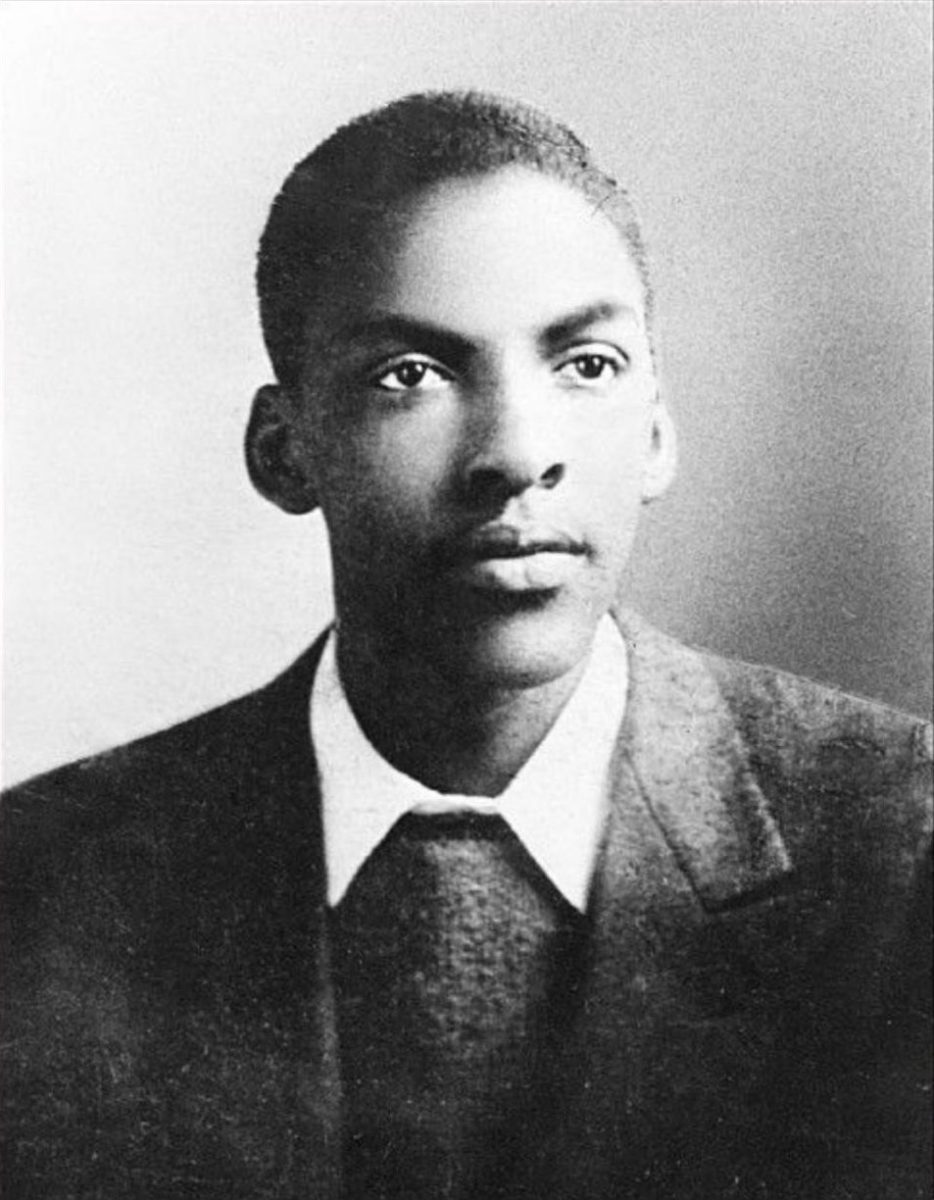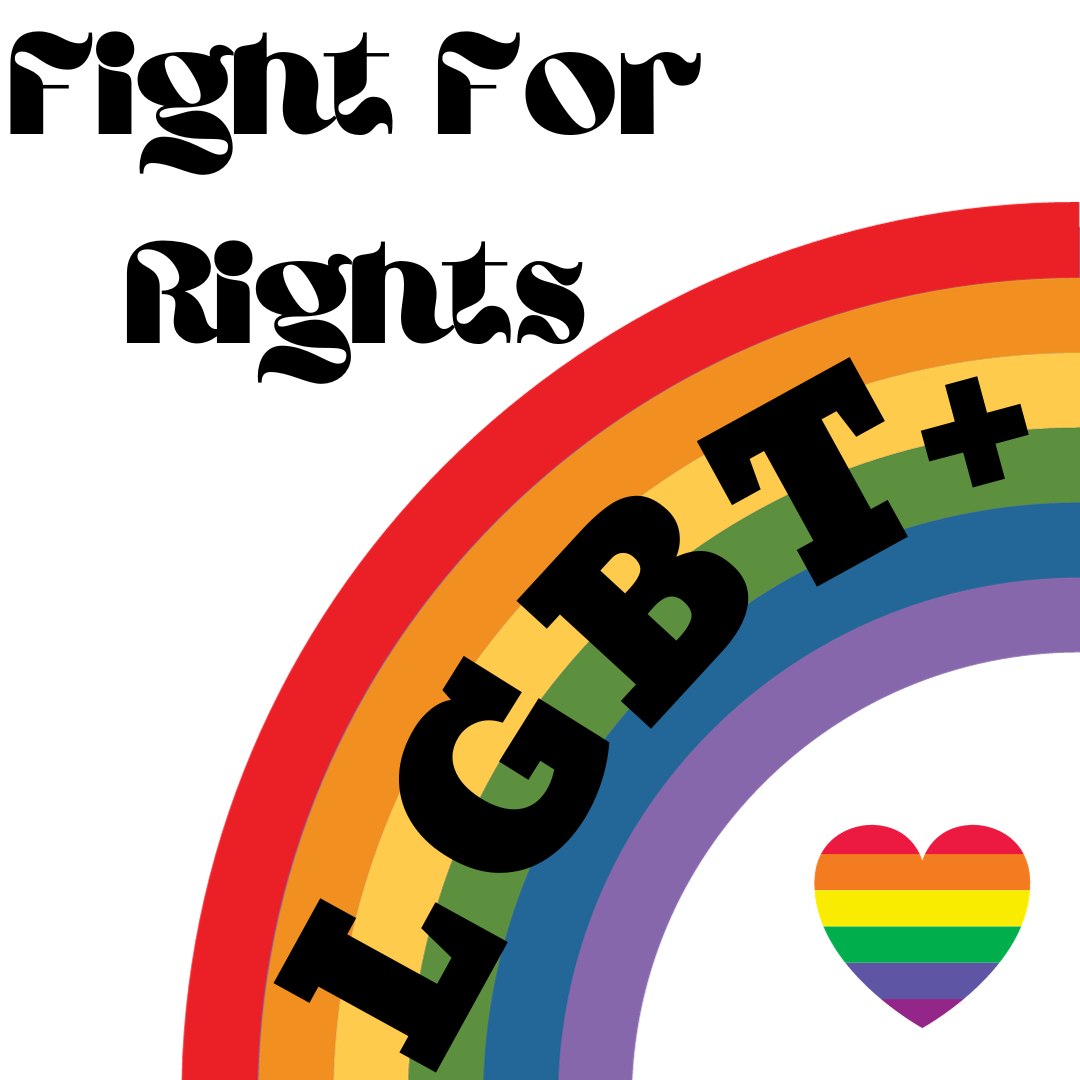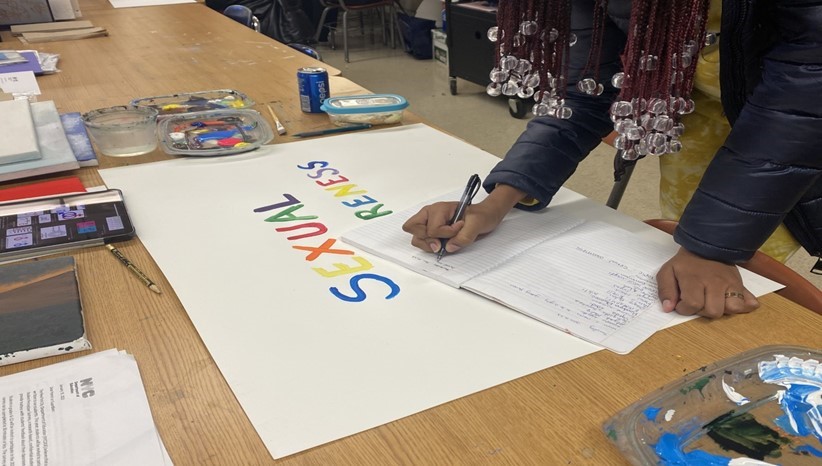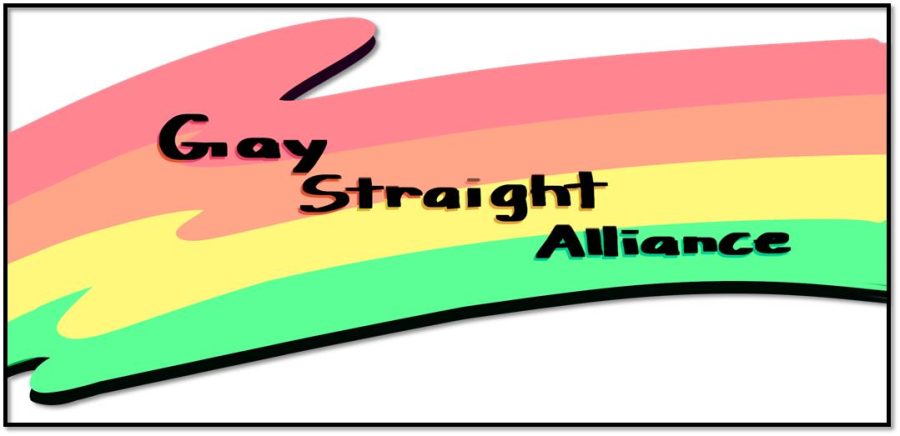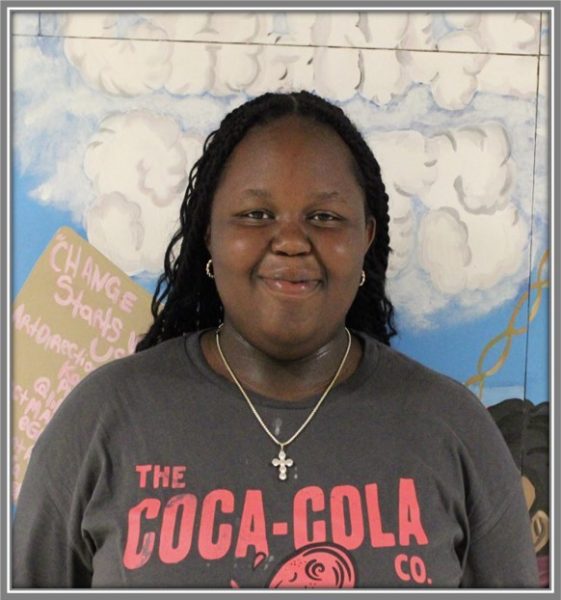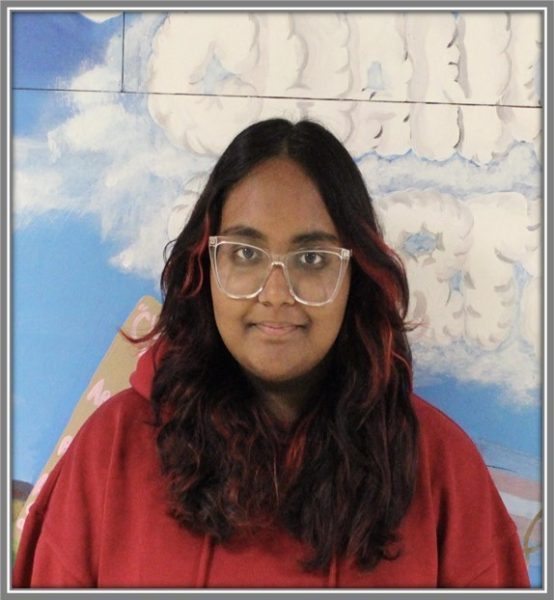Who was Bayard Rustin?
Most of the younger generation today don’t recognize the name Bayard Rustin, but this is not surprising. Here at QPA we conducted a poll, asking 25 people if they knew the name Bayard Rustin.
This search resulted in not one single yes.
For many years, many people have been overlooked because of their sexual orientation, leaving their efforts and their names hidden from the world. However, people may not know who Bayard Rustin is, but the change he brought to the world will forever cement his name in history.
Bayard Rustin was the gay civil rights activist who organized the famous 1963 March on Washington for Jobs and Freedom, giving him the name “Mr. March-on-Washington.” As an openly-gay, Black man taking part in the civil rights movement, he was discriminated against by society and had to fight against being seen as insignificant. Despite these challenges, he went on to assist Dr. Martin Luther King with his work, and was one of the most influential organizers of the civil rights movement, putting together and leading a large number of protests from the 1940’s – 1960’s.
Early Life and Education
Born on March 17th, 1912, Bayard Rustin was raised in West Chester, Pennsylvania. According to the Martin Luther King Research and Education Institute on Stanford’s website, Rustin was one of 12 children raised by his grandparents, Janifer and Julia Rustin. His upbringing and life-long career was influenced by his grandmother who participated in the NAACP, which led to him seeing other Black leaders in the community during his younger years.
After graduating from West Chester High School in 1932, Rustin attended schools in both Ohio and Pennsylvania, both of which were Historically Black Schools. In 1937, he moved to New York City and studied at the City College of New York for five years. While attending the College, Rustin joined the Young Communist League (YCL) and later left in 1941.
Civil Rights Activism
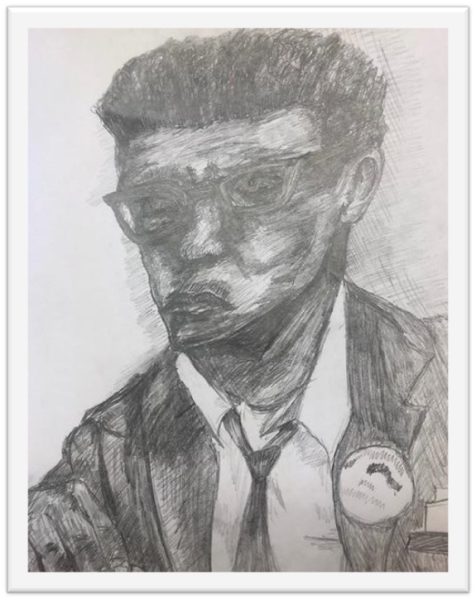
In the 1940’s, Rustin met labor union leader and fellow civil rights activist A. Philip Randolph and worked with him on various marches in Washington, D.C. to protest segregation. In 1948, Rustin traveled to India for seven weeks to study the Gandhian philosophy of nonviolence. His interest in the communist movement and belief in pacifism was the result of the way he was brought up. He said, “Rather, it is rooted fundamentally in my Quaker upbringing and the values instilled in me by the grandparents who reared me.” His commitment to his work, beliefs, and sexuality caused him to be arrested multiple times and even jailed twice during World War II.
In 1954, he was chosen for the position of executive secretary of the War Resisters League, a position he kept until 1965. By the 1950s, he was a famous organizer of human rights protests. A famous protest where he played an important role was in 1958, coordinating a march in Aldermaston, England with 10,000 attendees. Moreover, he was very effective at what he did. In Rustin’s debate with civil rights activist and Muslim minister Malcolm X, his words show his insight and abilities working as a civil rights leader.
Working with Dr. King
Bayard Rustin met the civil rights leader Dr. Martin Luther King Jr. in the 1950s and began working with him in 1955. He taught him about Gandhi’s philosophy, as well as nonviolent tactics and strategies at the time. He was also an advisor to King during the boycott of segregated buses in Montgomery, Alabama.
Rustin was a part of the formation and became the president of the Southern Christian Leadership Conference (SCLC) in 1956 with King and other Black leaders in the South, a little while after the Montgomery bus boycott ended. Three years later, King was advised to cut off all contact with Rustin because of his sexuality. Rustin said, “He was just so harassed that I felt it was my obligation to relieve him of as much of that as I could.” Therefore, Rustin left the organization, still working with King on the side.
Bayard Rustin and his mentor A. Philip Randolph began to plan and organize the March on Washington for Jobs and Freedom, being held on August 28th, 1963. They were able to convince Dr. King to participate, inviting other activists to join in on the preparation for the march. Randolph accepted his role as the march’s official director, but he appointed Rustin to be chief organizer. However, Rustin’s past and sexuality made him a controversial figure for many people.
In less than two months Rustin guided the event which brought an estimated 250,000 participants to the nation’s capital, way higher than the 100,000 people he expected. This made the March on Washington one of the largest and most important peaceful protests in American history. This was also the day marked in history where King delivered his legendary “I Have a Dream” speech.
After the March
Rustin served as APRI’s executive director (Organization of Black Trade Unionists) from 1965 to 1972, and its president until his death in 1987. While being the executive director, he still worked with civil rights and peace movements as an important public speaker. Rustin received the War Resisters League Peace Award because of his work, which represented the League’s commitment to radical nonviolent action. Also in 2013, Barack Obama awarded Rustin with the Presidential Award of Freedom. During Rustin’s Medal of Freedom Ceremony Obama said, “For decades, this great leader, often at Dr. King’s side, was denied his rightful place in history because he was openly gay.”
In July 1987, Rustin became ill after returning from a trip to Haiti, where he went to study the prospects for democratic elections. Rustin died from cardiac arrest caused by a ruptured appendix in New York City on August 24, at the age of 75.
The Rustin Movie
In recent years a biopic titled Rustin was produced by former President Barack Obama and Michelle Obama’s company Higher Ground that shows Bayard Rustin planning the greatest march for freedom that was the March on Washington D.C. In this film Colman Domingo stars as Bayard Rustin, Chris Rock plays civil rights activist Roy Wilkin, and Aml Ameen portrays Dr. Martin Luther King Jr.
The movie itself was a great story that gives the viewers a look into the life of a Black gay man during the civil rights movement. It starts off with Rustin having to resign because the press threatened to spread rumors about him and Dr. King being in a relationship. He then goes to a gathering where he meets like minded people and starts sharing ideas of how to propel the civil rights movement forward, and they come up with the idea for the March on Washington. They had this big plan of surrounding the white house. Having the march last two days, it was going to be a massive demonstration with enough power to shut down the White House and Capitol Hill. After enlisting the help of the NAACP he is shut down by them and told that this wouldn’t work. He then turns to Dr. King for help and although he was skeptical he agreed, and then it all started.
As the movie progresses you can see how Rustin kept fighting for this march no matter how much they were derailed. Through the lenses of the movie you can really see just how amazing and inspiring Rustin was.
Impact on Society
Bayard Rustin was an influential person whose actions helped pave the way for the passage of the 1964 Civil Rights Act. However, living his life as an openly gay man caused him and his efforts to be hidden away. His sexuality “led Rustin to have a more background role in the Civil Rights Movement” as stated in the Smithsonian’s NMAAHC website. He was a talented individual who influenced Dr. King’s position on peaceful protest and worked by his side for change in American society. It is believed that without his contributions to the movement, it might not have been as successful as it was.
In this new day and age, as the LGBTQ+ community continues to expand, society has become more accepting of them than it was 10 years ago; therefore LGBTQ+ individuals must stand up and be counted. Bayard Rustin worked hard and stood his ground, even when receiving backlash. His fiancé, Walter Neagle says in an interview on “He said, He said, He said,” “He was not afraid to speak his mind and speak truth to power and stand up for what he believed in.”

